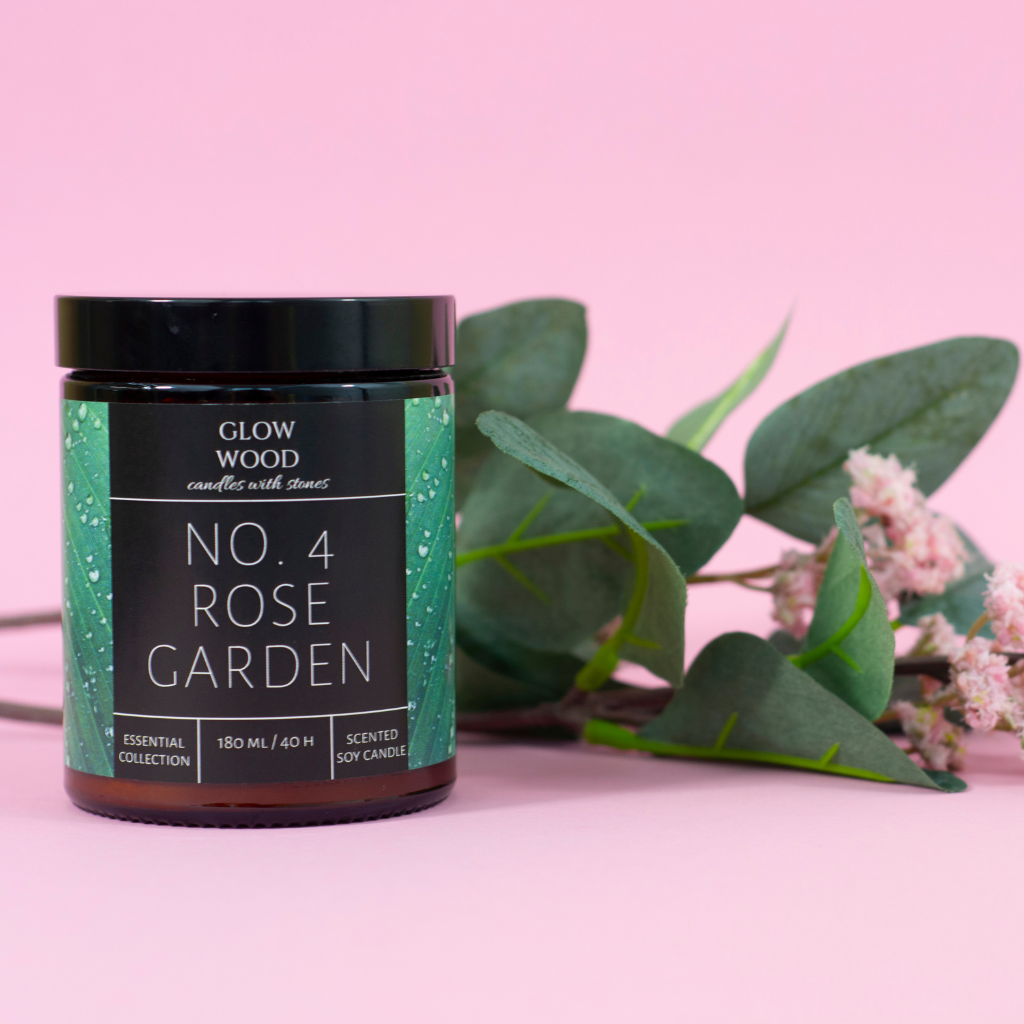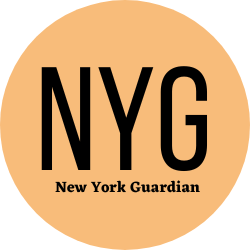What is Contrast in Photography?
by siteadmin

Contrast is a key element in photography. It makes your photos stand out from others.
There are many types of contrast in photography. It all depends on how you want to portray the subject. One type of contrast may appeal to you more than another. Or, you might want to use several types at once.
Color
Contrasting colors can make a photo stand out. They help to make the subject stand out from the background, and lead your eye around a photograph.
You can use color contrast to create landscape, portrait, motion and still-life photographs. It can also be used to highlight the textures of your subject or create more ethereal images.
A basic understanding of color theory is necessary to create striking contrast. The color wheel is a great place for beginners to learn about how complementary and contrasting colors interact.
Tonal
Tonal contrast is a key element in storytelling photos. It can help you tell a story, evoke emotion, or inspire thoughts about the value and meaning of life.
Tonal contrast can also be altered in post-production to increase/decrease its impact. It is up to you to decide what works best for you based upon the subject of the photo and the composition you create.
High-contrast images can use a wide variety of tones, from bright to dark. This is key to great photos.
Composition
Composition is the arrangement and placement of elements within a frame to make an image look professional. It allows you to draw the viewer's attention to your subject. It is a key aspect of photography and can be learned and mastered through practice and time.
You can use many compositional techniques to create better photos. Some are mathematically based like the rule of threes, while some are more natural.
You can also add depth and drama to your images by including frames in your compositions. These frames can be either natural or man-made and can help you highlight your main subject or add interest throughout the frame.
There are no absolute rules in composition. However, there are some guidelines you can use to improve your photography. These include the rule-of-thirds, negative space, or lead lines.
Light
The most important factor in photography is light. It affects everything, from your exposure and shutter settings to color choices and even your post-processing options.
It can also be used to highlight different elements in your photos and add depth and interest to your work. Contrast is a subjective element and is entirely dependent on your creativity.
High-contrast photos are often bright with dark shadows and bright highlights, while low-contrast images can have darker tones or shades. These two types of contrast can help you create photos that stand out from the rest.
Experimenting is the best way to learn about the various forms of contrast in photography. This will help you understand your creative vision and determine what works best for it.
https://www.littlewolfcollective.com/
product photography los angeles
product photographer in los angeles
Contrast is a key element in photography. It makes your photos stand out from others. There are many types of contrast in photography. It all depends on how you want to portray the subject. One type of contrast may appeal to you more than another. Or, you might want to use several types at once.…
Recent Posts
- Bathroom Remodel Rochester Sets New Standards in Bathroom Renovations
- Clutch ‘N Tote Launches New Sustainable Fashion Brand This August 2024
- Boston Roofing Co. Sets New Standards in Roofing Services in Boston
- Relief Recovery Center: A Comprehensive Approach to Addiction Recovery
- How to Find Roses for Every Occasion
